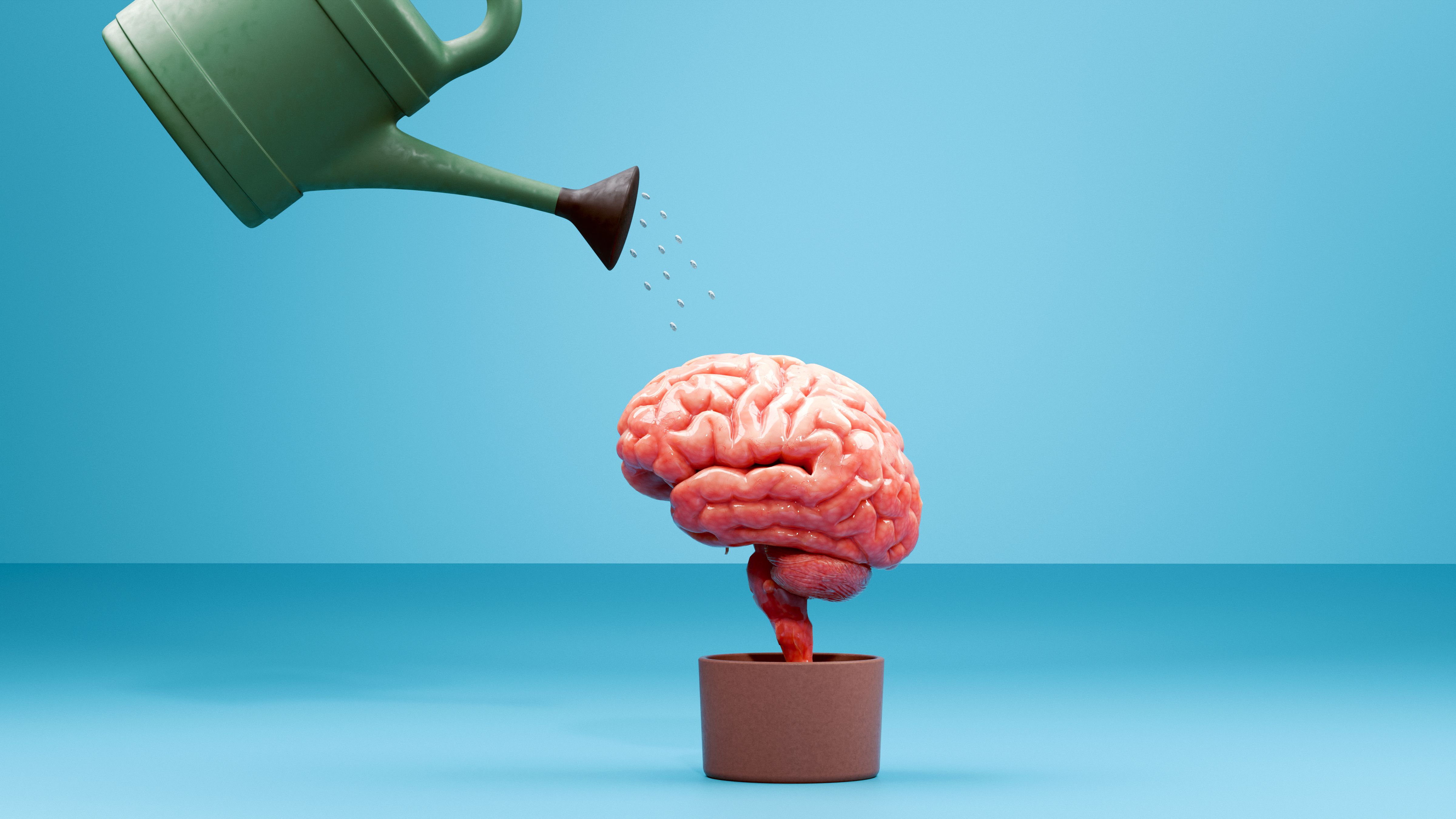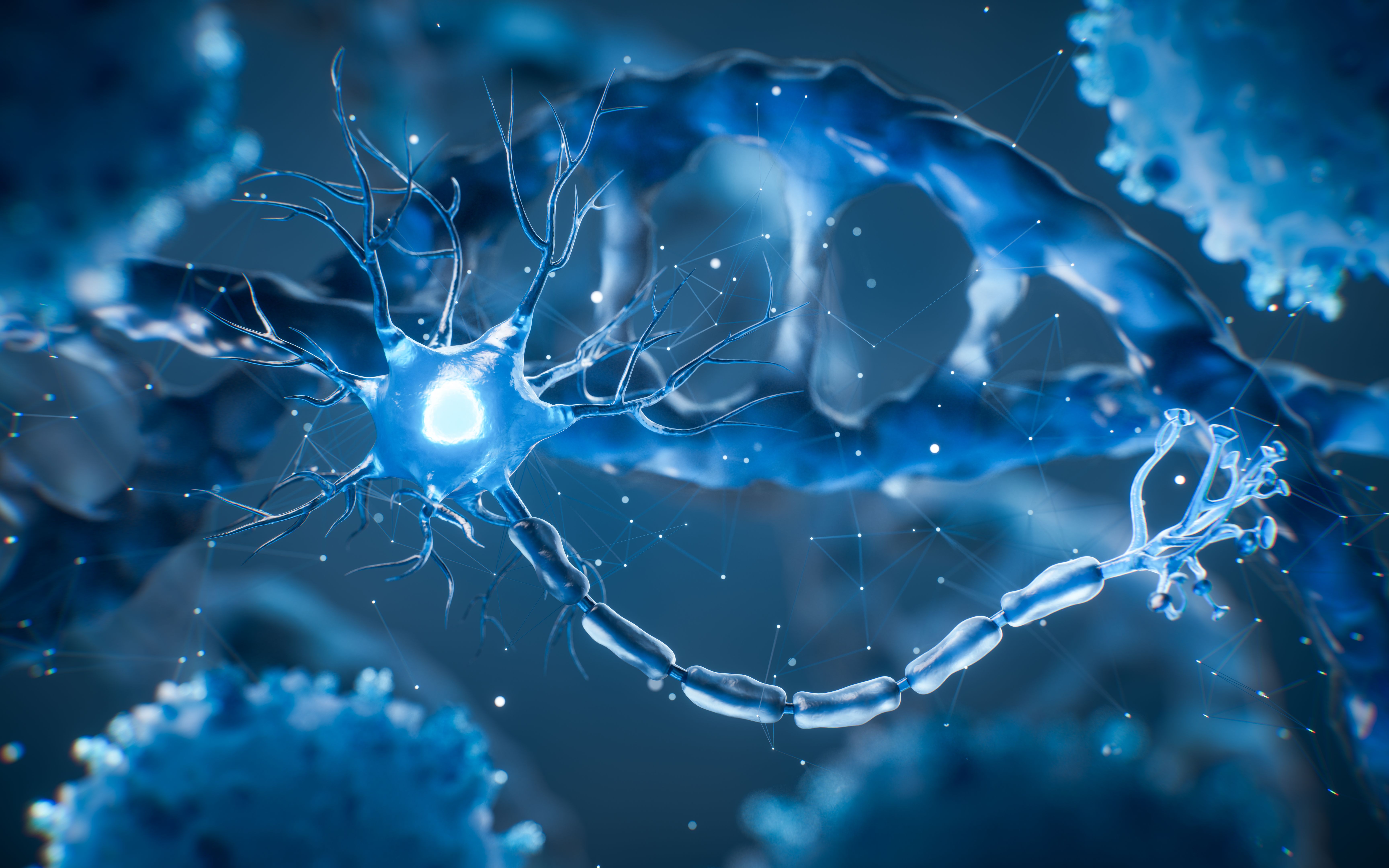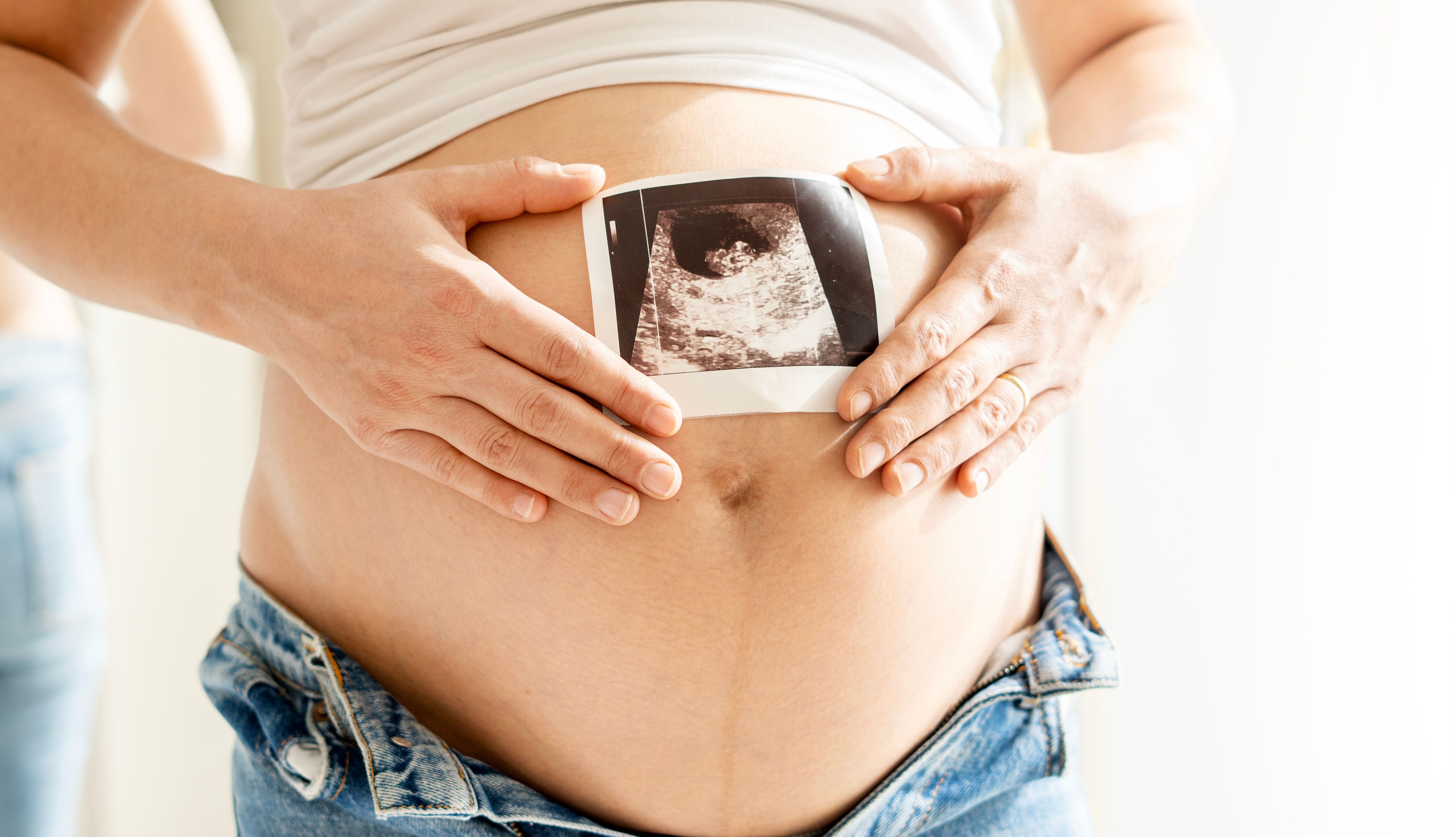The Evolution of the Human Mind and Breathing in the Womb
The Origins of the Human Mind
The evolution of the human mind is a subject that has intrigued scientists and philosophers for centuries. From the earliest hominids to modern humans, our mental faculties have undergone significant changes. This journey is marked by the development of complex cognitive functions such as memory, language, and abstract thinking. Understanding the evolution of the mind provides insights into our behavior, consciousness, and what it means to be human.
One of the most profound changes in the human mind is the development of symbolic thought. This ability allows humans to use symbols, such as language and art, to convey complex ideas. Symbolic thought is considered a cornerstone of human culture and communication, setting us apart from other species. It facilitates social bonding and has played a crucial role in the survival and advancement of human societies.

The Role of the Brain in Cognitive Evolution
The human brain is a marvel of evolution, characterized by its size and complexity. Over millions of years, our ancestors' brains have expanded, with the neocortex showing significant growth. This region is associated with higher-order functions such as sensory perception, cognition, generation of motor commands, and spatial reasoning.
Another significant aspect of brain evolution is the development of the prefrontal cortex. This area is responsible for executive functions like decision-making, problem-solving, and controlling social behavior. The enhanced capabilities of the prefrontal cortex have enabled humans to plan for the future, engage in complex social interactions, and develop technologies that have shaped our world.

Breathing in the Womb: The Beginning of Life
The journey of the human mind begins even before birth. During gestation, the fetus undergoes remarkable changes, preparing for life outside the womb. One critical aspect of this preparation is the development of the respiratory system. Although a fetus does not breathe air, it practices breathing movements that are essential for lung development.
These breathing-like movements are crucial for the growth and maturation of the lungs. They help in the circulation of amniotic fluid in and out of the lungs, promoting the development of lung tissues and alveoli. This process lays the foundation for effective breathing after birth.

The Connection Between Breathing and Brain Development
Interestingly, the development of the respiratory system in the womb is closely linked to brain development. The rhythmic breathing movements stimulate the nervous system, which is essential for the maturation of neural pathways. These pathways are vital for coordinating breathing and other motor functions post-birth.
Moreover, the oxygen supply to the developing fetus is critical for brain growth. The placenta plays a crucial role in ensuring a steady supply of oxygenated blood, supporting the energy-intensive process of brain development. Adequate oxygenation is vital for the formation of neural structures that will later support advanced cognitive functions.

Conclusion: Interconnected Systems and Lifelong Impacts
The evolution of the human mind and the development of breathing in the womb are interconnected processes that highlight the complexity of human development. From the earliest stages of life, these systems work together, laying the groundwork for cognitive and physical abilities that define human existence.
As we continue to explore these fascinating subjects, we gain a deeper appreciation for the intricate systems that contribute to what makes us uniquely human. Understanding these processes not only illuminates our past but also informs how we approach health, education, and developmental issues in the future.
